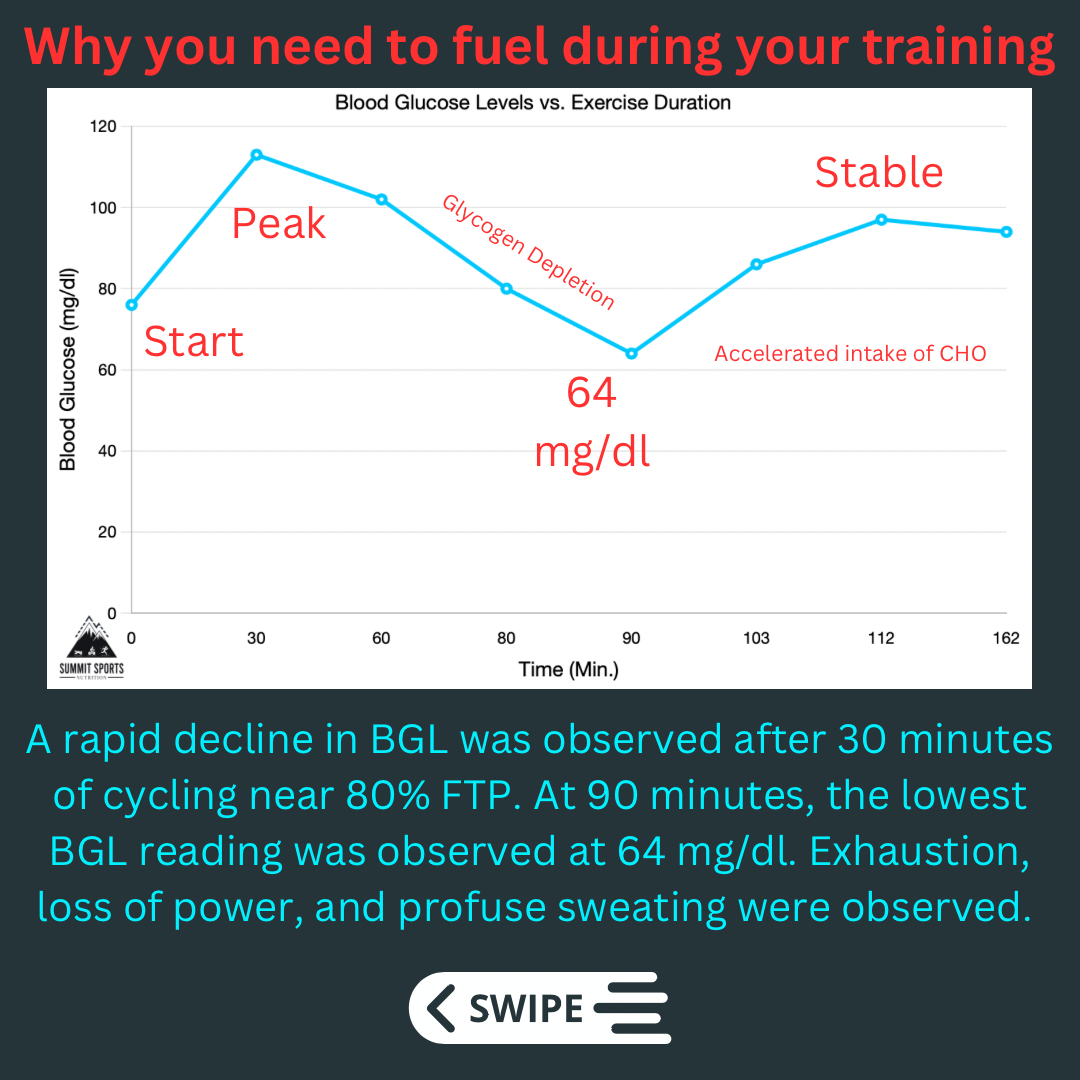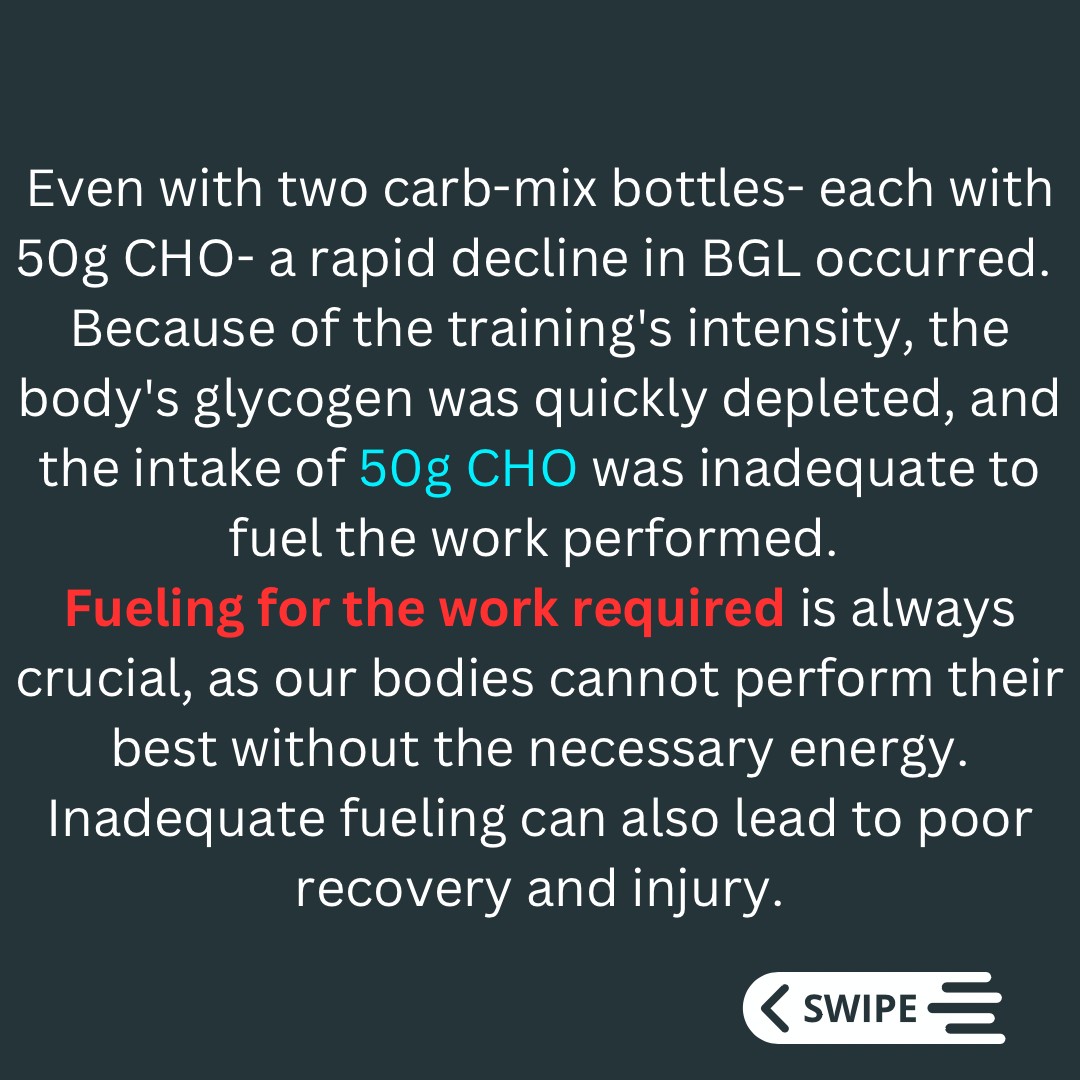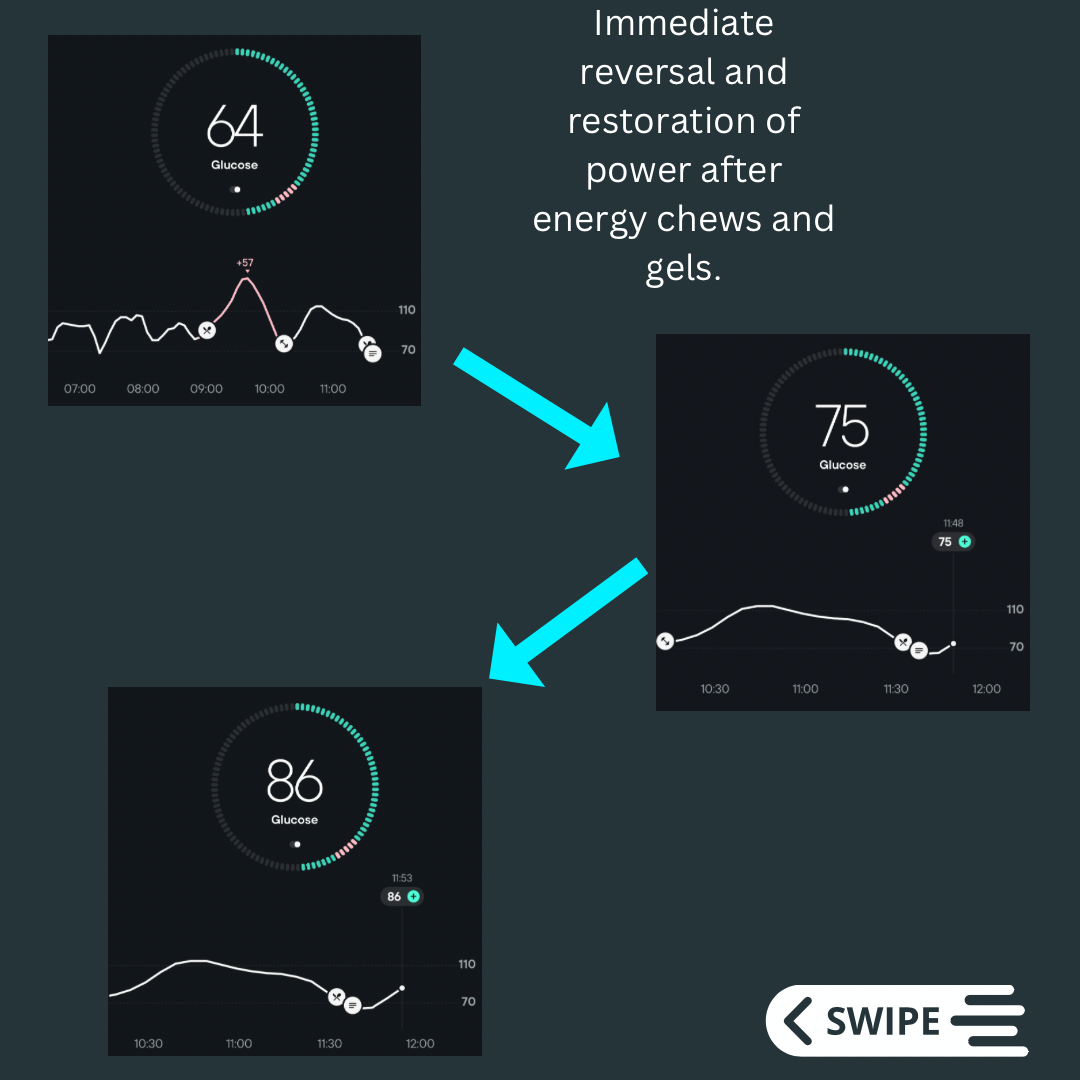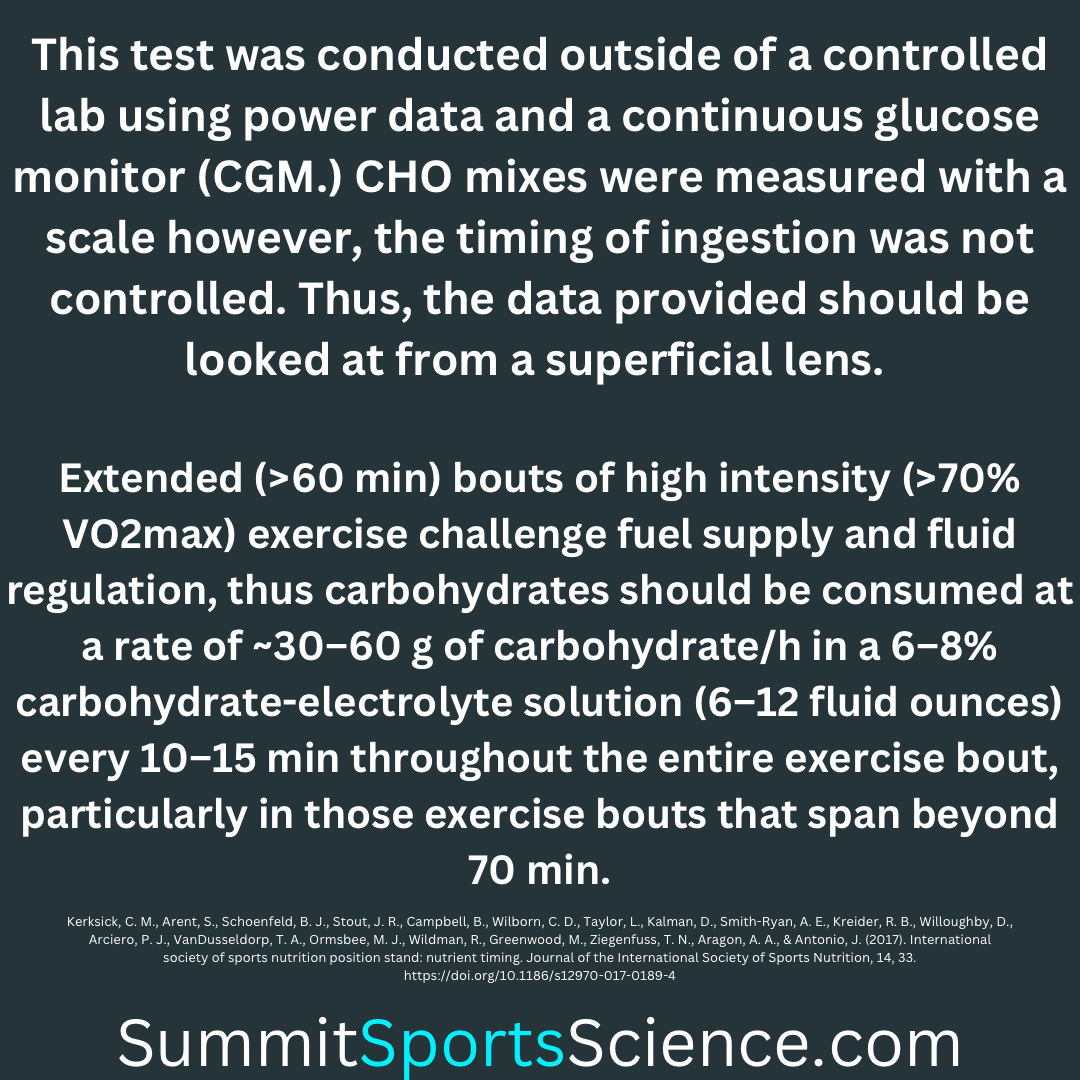Should you Buy a CONTINUOUS Glucose Monitor?
What is a cgm?
As the art of “bio-hacking” becomes more and more popular, blood glucose is getting a closer look. Over the past few years, the advent of non-prescription continuous glucose monitors (CGM) has risen to the occasion. CGMs have the power to analyze our metabolic health by tracking how our blood glucose values change with each meal- in real time. Why is this data so important? Well, unless you are diabetic- it’s not something to just track for fun. Monitoring your BGL allows the user to measure which foods cause ‘spikes’ in their glucose levels. These ‘spikes’ tend to create negative health effects over the long term- including insulin resistance. Glucose spikes are usually no problem for the average, healthy person but they can still lead to long-term effects. Adding some fiber with each meal, especially carbohydrate-heavy feedings, can reduce the intensity of glucose spikes.
Who can get a cgm?
In the United States, a person cannot simply walk into a drug store and walk out with a CGM device. A prescription is needed by a licensed medical professional. Several startups have popped up in the United States over the past few years. These companies circumvent the need for a prescription by having their users take place in large-scale research trials. The studies are pretty cool, and everything they are doing is totally legal. Although access has opened up to non-prescription CGM devices, they do come with a decent price tag and monthly subscriptions. Summit Sports Nutrition is not affiliated with any CGM provider or service.
As an athlete, do I need a CGM?
No, you really don’t. But, if you can afford them, even to wear for a week or two, they can provide valuable metrics to your training. For example, I recently completed a 3-hour indoor bike ride. The training used both my aerobic and anaerobic systems. I’ll post the graphics below so you can check them out!
As you can see from the data, my blood glucose values were all over the place, even with a supply of 50g/CHO per hour. Around the time I hit 64 mg/do BGL, I began to profusely sweat, and my legs didn’t want to turn the pedals anymore. This is what I call a “mini bonk.” Luckily, I was able to quickly take in some energy gels and fruit snacks (my cheap go-to for indoor cycling,) and I was back in action.
Now take a look at the data below. This data was taken two days after the above, also on a 3-hour indoor ride. Look at how smooth the BGL values are- mainly due to proper and consistent fueling.
BGL over a 3-hour indoor cycling training ride. Notice how BGL maintained at a steady rate throughout the course of the workout.
Here are the two rides- both two days apart and the same duration- compared to one another.
This type of data is priceless and was very fascinating to see. I will write another post about why fueling your workouts is so crucial but, for now, we will let the data do the talking!
Conclusion
Alright, we have covered a bit about CGM devices, and have given an example of how useful they can be to an athlete. Learning your body’s unique metabolic behavior can take your training to a whole new level, reduce GI discomfort, and eliminate the chances of burn-out mid-race. So, do you need a Continuous Glucose Monitor? I never like to tell athletes what they NEED and don’t NEED. Instead, I like to offer suggestions, show the scientific data, and encourage them to make their own decisions. There are tons of studies out there on the benefits of CGM data, and I only provided a small look into how I use mine (and definitely look at my data with the understanding that it was done at home, but with an FDA-approved device.) In short: if you can afford a CGM and think it could play a role in your training, go for it! Summit Sports Nutrition is not partnered with or endorsed by any BGL testing or CGM companies. As always, we encourage you to do your research and find a price point that fits your budget.
A
About Summit Sports Science
Hey! I'm Gabe. I obtained my ASc degree in kinesiology and am currently pursuing my BSc in Dietetics to become a Registered Dietitian (RD.) Furthermore, I am licensed by both the National Academy of Sports Medicine and the United Endurance Sports Coaching Academy as a sports nutritionist. I started Summit Sports Science to deliver nutrition coaching that’s based on science, not pop culture. I aim to assist my athletes in acquiring the nutritional tools and knowledge necessary to optimize their performance. Whether you are training for your first marathon, or are a full-time athlete looking to optimize your nutrition, I invite you to apply to work with me..







